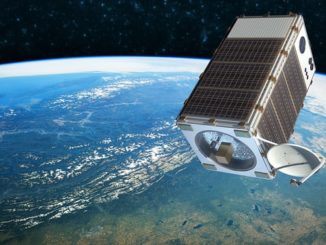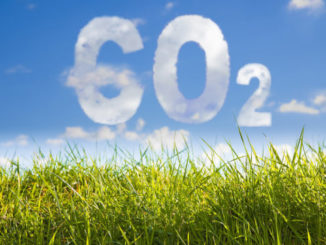
The animals facing an increasing struggle to find enough food to survive as climate change steadily transforms their environment
Oliver Milman in New York @olliemilman
Thu 1 Feb 2018 19.00 GMT
Polar bears could be sliding towards extinction faster than previously feared, with the animals facing an increasing struggle to find enough food to survive as climate change steadily transforms their environment.
New research has unearthed fresh insights into polar bear habits, revealing that the Arctic predators have far higher metabolisms than previously thought. This means they need more prey, primarily seals, to meet their energy demands at a time when receding sea ice is making hunting increasingly difficult for the animals.
A study of nine polar bears over a three-year period by the US Geological Survey and UC Santa Cruz found that the animals require at least one adult, or three juvenile, ringed seals every 10 days to sustain them. Five of the nine bears were unable to achieve this during the research, resulting in plummeting body weight – as much as 20kg during a 10-day study period.
“We found a feast and famine lifestyle – if they missed out on seals it had a pretty dramatic effect on them,” said Anthony Pagano, a USGS biologist who led the research, published in Science.
“We were surprised to see such big changes in body masses, at a time when they should be putting on bulk to sustain them during the year. This and other studies suggest that polar bears aren’t able to meet their bodily demands like they once were.”
Pagano’s team studied the bears in a period during April over the course of three years, from 2014 to 2016, in the Beaufort Sea off Alaska. They fitted the bears with GPS collars with video cameras to measure activity levels. Blood chemistry was also taken from the bears.
Previously, polar bears were thought to expend relatively little energy during days where they often wait for hours beside holes in the ice, which seals emerge from in order to breathe. But the researchers found that they actually have an average metabolism 50% higher than prior estimates.
With previous studies showing recent drops in polar bear numbers, survival rates and body condition, scientists said the new research suggests the species is facing an even worse predicament than was feared.
The Arctic is warming twice as rapidly as the global average, diminishing the sea ice that polar bears rely upon for food and forcing many to embark from water on to land where they desperately forage for goose eggs or rubbish from bins in far-flung towns.
A recent widely-shared video of an emaciated polar bear is a “horrible scene that we will see more of in the future and more quickly than we thought,” according to Dr Steven Amstrup, who led polar bear research for 30 years in Alaska.
“This is an excellent paper that fills in a lot of missing information about polar bears,” said Amstrup, who was not involved in the USGS research. “Every piece of evidence shows that polar bears are dependent on sea ice and if we don’t change the trajectory of sea ice decline, polar bears will ultimately disappear.
“They face the choice of coming on to land or floating off with the ice as it recedes, out to the deep ocean where there is little food. We will see more bears starving and more of them on land, where they will get into trouble by interacting with humans.”
Polar bears are listed by the US government as a threatened species but the Trump administration has reversed measures that tackle climate change, with the president himself seemingly unaware of the situation in the Arctic.
During an interview on Sunday, Donald Trump said that “the ice caps were going to melt, they were going to be gone by now, but now they’re setting records. They’re at a record levels.”
In fact, when measured at its September minimum, Arctic sea ice has declined by around 13% per decade since 1979. Last year was the eighth lowest minimum extent in the 38-year satellite record.
The huge glacial ice sheets in Greenland and Antarctica are reacting more slowly to the warming atmosphere and oceans but scientists are watching them closely as they will heavily influence sea level rise if there’s significant melting. In just the past decade, Greenland has lost two trillion tons of its ice mass.
“I hope we will have an awakening, but we haven’t really done much to save polar bears over the past decade,” said Amstrup. “With this administration, I’m not exactly confident we’ll see a major switch in that.”
Source:https://www.theguardian.com/us-news/2018/feb/01/polar-bears-climate-change
Visits: 40




Be the first to comment